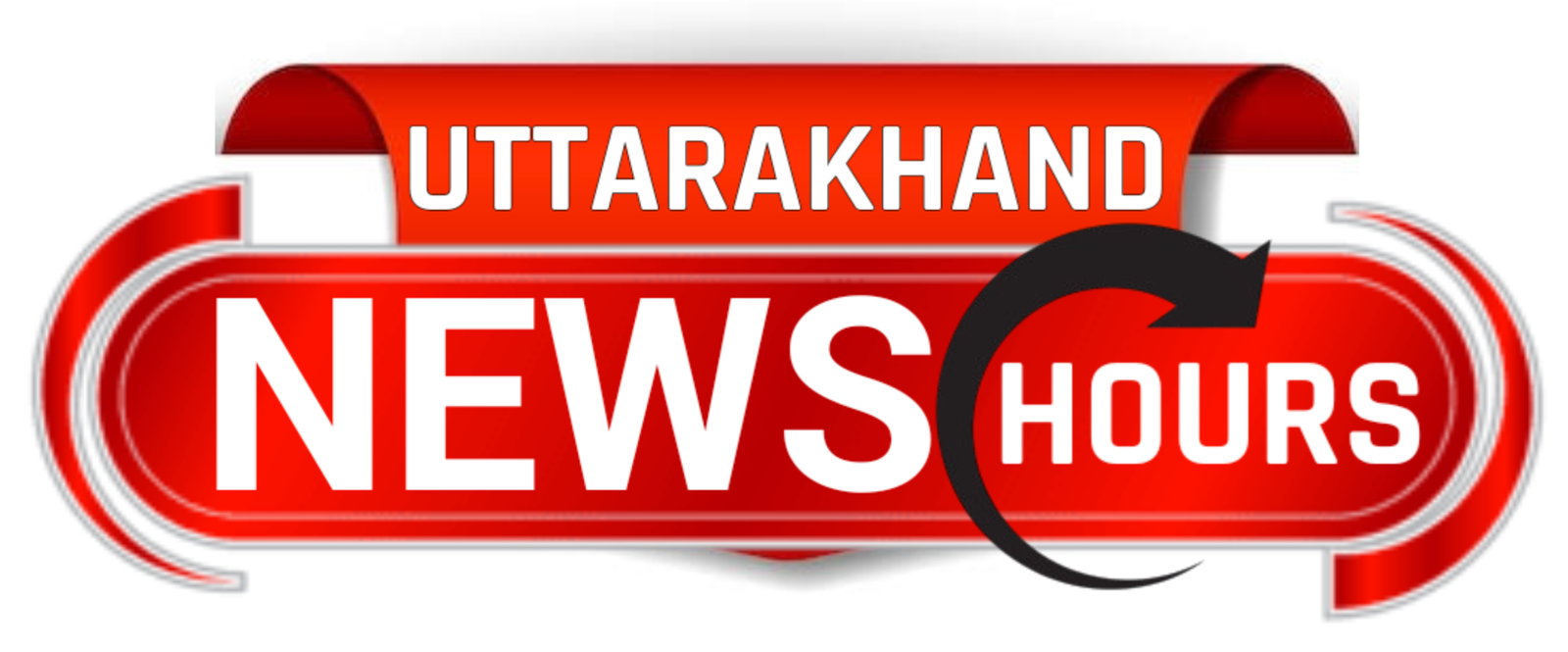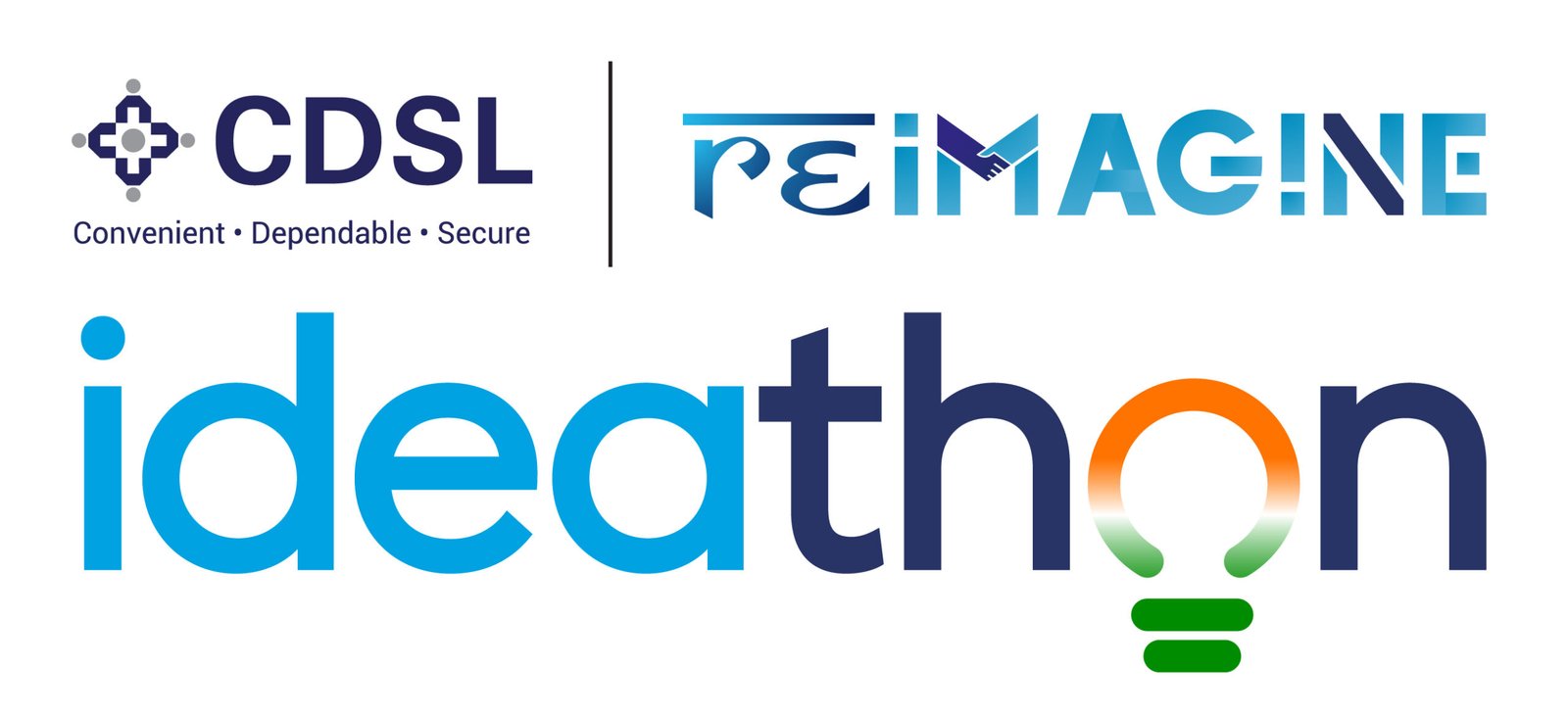Authored By: Aditi Gupta
Dehradun: Gender roles, which determine what’s acceptable according to gender, have defined societies for thousands of years, influencing culture, politics, family, and identity. They impact career right up to family responsibilities. There has been a definite change in how these roles have been perceived, particularly in Western societies, over the past few years. But has anything actually changed? This article delves into the past of gender roles, both the advances and the problems which remain.
Historically, there have been strictly defined gender roles, grounded in biological determinism, which established physical differences in relation to social roles. Women were to provide children and maintain the household, and men were to work, protect, and lead. The roles were ingrained in home life, education, and employment.
In the early 20th century, there was a role reversal. The suffragette movement helped women gain the right to vote. This was succeeded by feminist movements in the 1960s and 1970s, which campaigned for equal rights in education, employment, and reproductive rights. Civil rights movements also struggled against strict gender roles.
At the end of the 20th century, gender equality had come a long way. Women joined the workforce, universities, and politics in great numbers. During the decade, gender was acknowledged as a continuum, and as a result, there was debate about non-binary, transgender, and genderqueer identities, which reflected gender role fluidity.
Gender roles have radically altered in the workplace. Women are increasingly entering historically male-dominated professions such as law, medicine, science, and technology. Legal reforms such as equal pay laws and anti-discrimination laws ease this transition. There is still a distance to be covered. Women are still underrepresented in managerial positions and are subject to gender biases that prevent them from advancing in their careers. The gender pay gap, though closing, is a serious problem in most of the world.
The increase in two-income families has transformed family life. Men are taking on more childcare and household work, traditionally considered women’s work. This is more pronounced in younger generations, who share homework more evenly. Cultural expectations, however, continue to place more of the care burden on women, especially in motherhood.
Media portrayals of gender have had a profound impact on conventional gender roles. During the 20th century, women and men were stereotypically portrayed in film, television, and commercials. Women were shown to be passive and beauty oriented, and men were shown to be aggressive and career oriented. These portrayals perpetuated strict conceptions of masculinity and femininity.
Over the past few years, though, gender representation on television, in film, and in advertising has gained a more nuanced texture. Ads, movies, and TV shows more commonly depict women as bosses, men more commonly as sensitive dads, and individuals of all genders doing well in all sorts of occupations and marriages. Increased visibility of LGBTQ actors and characters, and awareness campaigns intended to counteract gender stereotypes like the #MeToo campaign have fuelled a more sophisticated gender-power discourse.
Feminism has made a profound impact in changing gender roles. Feminism has responded to inequalities in women, especially in education, health care, and access to the workplace, across the 20th and 21st centuries. Feminism is expanding to encompass the struggle for women’s rights, protection from toxic masculinity, the defence of LGBTQ+ rights, and exploration of intersectionality such as race and class. The movement, though, persists even as it has been accountable for monumental change. Across the world, women continue to struggle for rights as simple as education, reproductive rights, and equal treatment by the law. Domestic violence, harassment, and violence against women remain rampant. Gender equality for some still entails destroying social convention and eliminating embedded patterns of power, which create inequity.
Efforts towards gender equality have been directed primarily towards advancing women, but men are also evolving. The classic masculine ideal repression of emotions, toughness, and dominance is being questioned. Campaigns such as “The Good Men Project” and discussions around “toxic masculinity” attempt to redefine contemporary manhood.
Increasing numbers of men are becoming increasingly open to emotional expression and vulnerability outside the conventional portrayal of masculinity. The change is reflected in the redefinition of the father’s role, where men are being embraced as equal caregivers. Increased awareness of men’s gender expectations, with the need to conform to norms of success and emotional control, also exists.
The most extreme gender role reversals have taken place in Western nations, but other areas are changing at varying rates. In some areas of the Middle East and South Asia, women are claiming their right to education, employment, and protection from violence. Activists are pushing back against patriarchal cultures that have confined women to the home, and more women are entering politics and the business world. But in these areas, strong cultural and religious traditions remain opposed to gender equality.
Indigenous societies are more used to egalitarian and fluid gender constructs. Western influences and colonial histories have, however, diverted these traditions, leading to tensions in gender identity and roles. Progress and Ongoing Struggles Gender roles have transformed radically. Women no longer have narrow roles to be restricted to the domestic sphere, and men are being pushed to do emotional and care-giving work. Media, education, and reforms have contributed to this, as have social movements defying traditional norms. Yet real gender equality continues to elude us. Gender violence, pay discrimination, underrepresentation, and stereotypes continue to affect people on the basis of gender. The public presence of transgender and non-binary people shows that gender identity and roles continue to be complex and evolving. A lot has been achieved, but more needs to be done to make gender not dictate opportunity and value in society.











